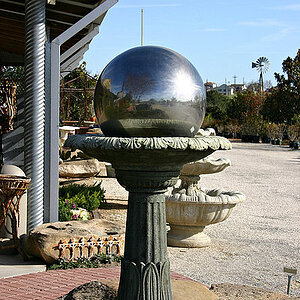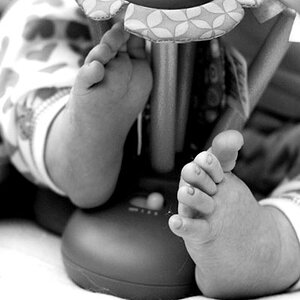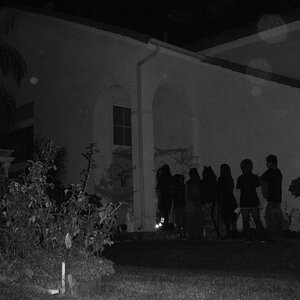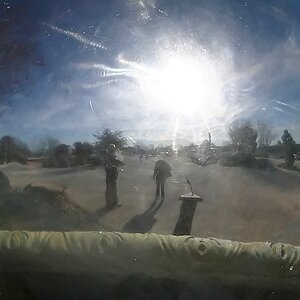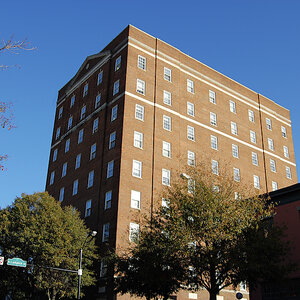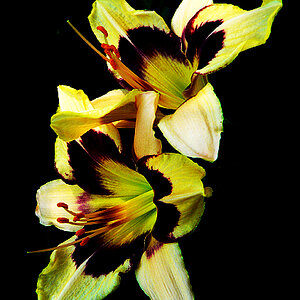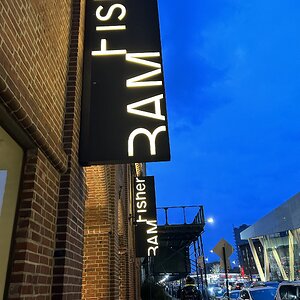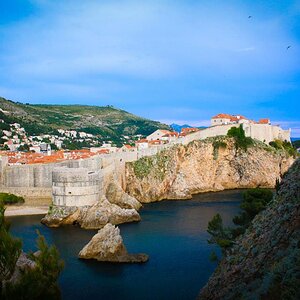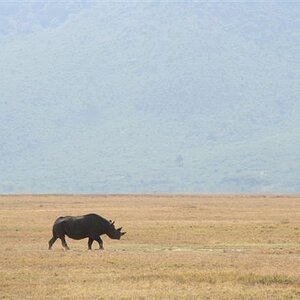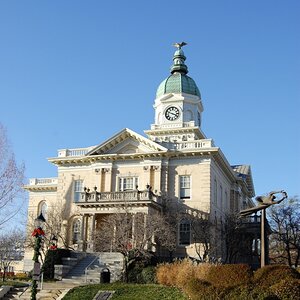Bill LaMorris
TPF Noob!
- Joined
- Dec 14, 2007
- Messages
- 25
- Reaction score
- 0
- Location
- Sunny Colorado
- Can others edit my Photos
- Photos NOT OK to edit
I am not attempting to be critical, but I am surprised at how many people shoot black and white film and then scan the negatives. I am assuming that this so they can be used in photo shop or some other computer program. With all due respect I would urge you to go the extra step and learn to develop and print in a traditional wet darkroom. With this extra step you are in total control of your image from the moment you decide on the film, the film developer and filtration on your camera, through the paper and paper developer, all the way through the matting. You may be surprised at how many ways you can manipulate an image through this process. In fact I am confident that I can produce images that can not be achieved in any other way, and can not be reproduced by digital means. I attend many photo exhibits and I can spot the silver gelatin prints at once. They stand out above the standard digital prints. This can be a good way to distingish your work from the masses. It takes very little room to set up a darkroom and set ups are cheap and numerous these days. I certainly am not trying to step on any toes, I am only trying to encourage more people to explore the many aspects of their art form. Bill


